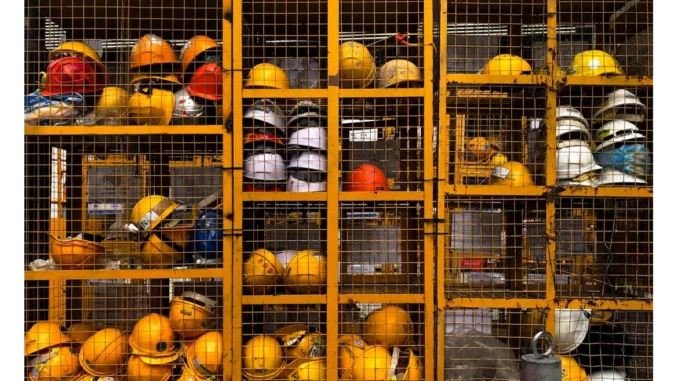
The Grenfell Tower fire on 14 June 2017 was a devastating event that tragically resulted in the loss of 72 lives and highlighted profound safety deficiencies within the UK’s building infrastructure. The rapid spread of the fire was largely attributed to the building’s aluminium composite material (ACM) cladding, which subsequently triggered a nationwide examination of similar materials used in other structures. In response, the Ministry of Housing, Communities & Local Government (MHCLG) embarked on an extensive remediation effort aimed at addressing this critical safety concern.
Focus360 Energy: property compliance services – pre-planning to post-construction. Learn more.
Recently, the National Audit Office (NAO) released a comprehensive report evaluating the government’s strategy in remediating unsafe cladding. This report serves as a crucial tool in assessing both the progress and the outstanding challenges faced by MHCLG in their efforts to rectify these issues. The NAO’s findings reveal that the scope of the cladding problem was significantly underestimated at the outset. Initially, the remediation plans targeted high-risk buildings over 18 metres; however, the extent of the problem has since grown, encompassing structures over 11 metres that still require urgent attention.
One of the primary concerns outlined in the report is the pace at which remediation is proceeding. Despite concerted efforts, progress has been sluggish. Of the estimated 9,000 to 12,000 buildings identified as needing remediation, only 4,771 have been confirmed, and merely 12 to 16 per cent of the work has been completed. The delays can be attributed to numerous factors, including disputes between developers and freeholders over the scope and costs of necessary works. Such disputes highlight the complexities involved in managing a project of this scale and underscore the need for a more streamlined approach to foster collaborative resolution.
The financial implications of the cladding crisis are considerable. The NAO estimates the total cost of remediation to be approximately £16.6 billion, with the government committing £9.1 billion towards this figure. The remaining costs are expected to be borne by developers, private owners, or social housing providers. The government has proposed a Building Safety Levy to recuperate taxpayer contributions, yet its implementation is not anticipated until late 2025. The principle of ‘polluter pays’ aims to ensure that the financial burden does not fall solely on the public purse; however, ongoing disputes and sluggish progress threaten to exceed the £5.1 billion cap allocated by the government.
On a social level, the cladding crisis has left thousands of residents in a state of uncertainty. Living in buildings deemed potentially unsafe has imposed significant financial and emotional burdens on affected individuals. Many face challenges in securing mortgage finance, obtaining affordable insurance, or selling their properties, exacerbating the stress and insecurity experienced by these residents.
Looking to the future, the NAO report emphasises the necessity for a more coordinated and transparent approach to remediation. Several key areas require attention to ensure the success of these efforts. First, the acceleration of identifying affected buildings is crucial. This may necessitate mandatory registration for medium-rise buildings and improved engagement with building owners. Enhanced coordination across government bodies, including the MHCLG, the Home Office, and the Treasury, is also recommended to streamline efforts and prevent inefficiencies. Moreover, effective enforcement is vital to ensure compliance and prompt action from building owners and developers, using both incentives and regulatory measures. Fraud prevention is another critical area, with the government needing to bolster its counter-fraud measures to protect the Building Safety Fund and ensure that public funds are appropriately utilised.
Since the Grenfell tragedy, strides have been made in addressing building safety, yet the NAO report highlights the considerable journey still ahead. The government is urged to confront these challenges directly to ensure the safety of residents and the effective allocation of public funds. The cladding crisis is undeniably complex, demanding a multifaceted and sustained approach. The insights provided by the NAO report underscore the urgency of continued efforts to enhance building safety and restore public confidence in the UK’s infrastructure. As the nation progresses, it remains imperative that the lessons learned from the Grenfell disaster are not overlooked, and that building safety continues to be prioritised at every level.


Be the first to comment